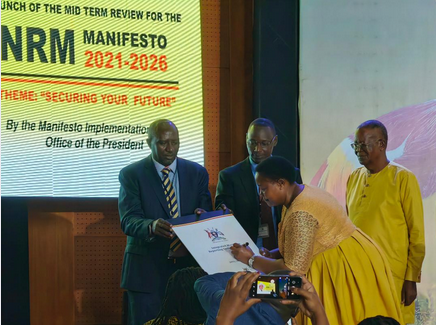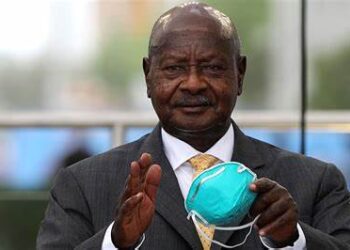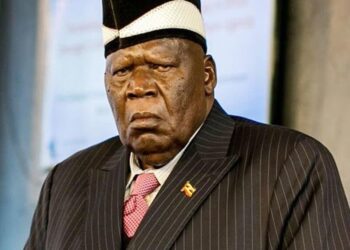By CHIMPREPORTS
The Minister for Presidency, Milly Babalanda, launched the midterm review for the National Resistance Movement (NRM) manifesto 2021/2026 today, aiming to evaluate the fulfillment of commitments made by the NRM government and President Yoweri Museveni to the people of Uganda during the 2021/2026 elective term.
In her address, Babalanda disclosed that all parishes across the country have received funds under the Parish Development Model (PDM). She stated, “All the planned 10,506 parishes have received over 100 million shillings under the Parish Development Model (PDM), and over 390 billion shillings had been disbursed under the Emyooga Programme. As of today, 205,710 parish-based associations, and 6,748 Emyooga saccos have been mobilized.”
PDM, identified as a special purpose vehicle and a key flagship project for the NRM manifesto, was launched by President Museveni in February 2022. The initiative aims to elevate household incomes and stimulate the growth of micro-enterprises, operating at the grassroots level to transition communities from subsistence living to active participation in the monetary economy.
Aligned with the National Development Plan III, PDM focuses on seven pillars: Production, Storage, Processing, and Marketing; Infrastructure and Economic Services; Financial Inclusion; Social Services; Mindset Change; Parish-Based Management Information System; and Governance and Administration.
During its inaugural year, the government allocated 17 million shillings to each parish as a revolving fund under PDM. In the 2022/23 fiscal year, this allocation increased to 100 million shillings per parish, deposited directly into Sacco accounts at the parish level, empowering households to invest in income-generating ventures.
In the remaining period of manifesto implementation, Chairman of the manifesto Committee and senior presidential advisor on the manifesto, Prof Ephraim Kamuntu, emphasized the need to move Uganda from subsistence to the money economy. He advocated for a focus on the performance of the Parish Development Model to achieve this transition.
Kamuntu addressed the issue of youth unemployment, calling for job creation and highlighted the importance of reducing electricity tariffs and providing access to cheap capital to transform the economy.
By the end of the second year of manifesto implementation, the government had achieved over 20% of its commitments. Minister Babalanda reported deliberate measures to revive the economy, with a 5.5% growth in the 2022/23 fiscal year and a 3% increase in formal jobs.
Under the presidential initiative for skilling the youth, 12 of the 19 industrial hubs were launched, with 2,650 learners graduating. The government also completed the construction of 102 new secondary schools and increased access to safe and clean water, reaching 70% of the current population of Uganda.
Despite these achievements, challenges persist, notably in North Eastern Uganda, particularly Karamoja subregion, which continues to face insecurity with incidents of cattle rustling.
Minister Babalanda also launched the online manifesto reporting system, designed to facilitate accurate and timely collection of information related to manifesto commitments. Willis Bashasha, the Director of the Manifesto Implementation Unit, highlighted that this tool will help assess government performance in delivering manifesto commitments and measure the fulfillment of presidential directives. Prof Kamuntu urged all Ministries, Departments, and Agencies to embrace the tool for easy assessment of their performance.







Discussion about this post